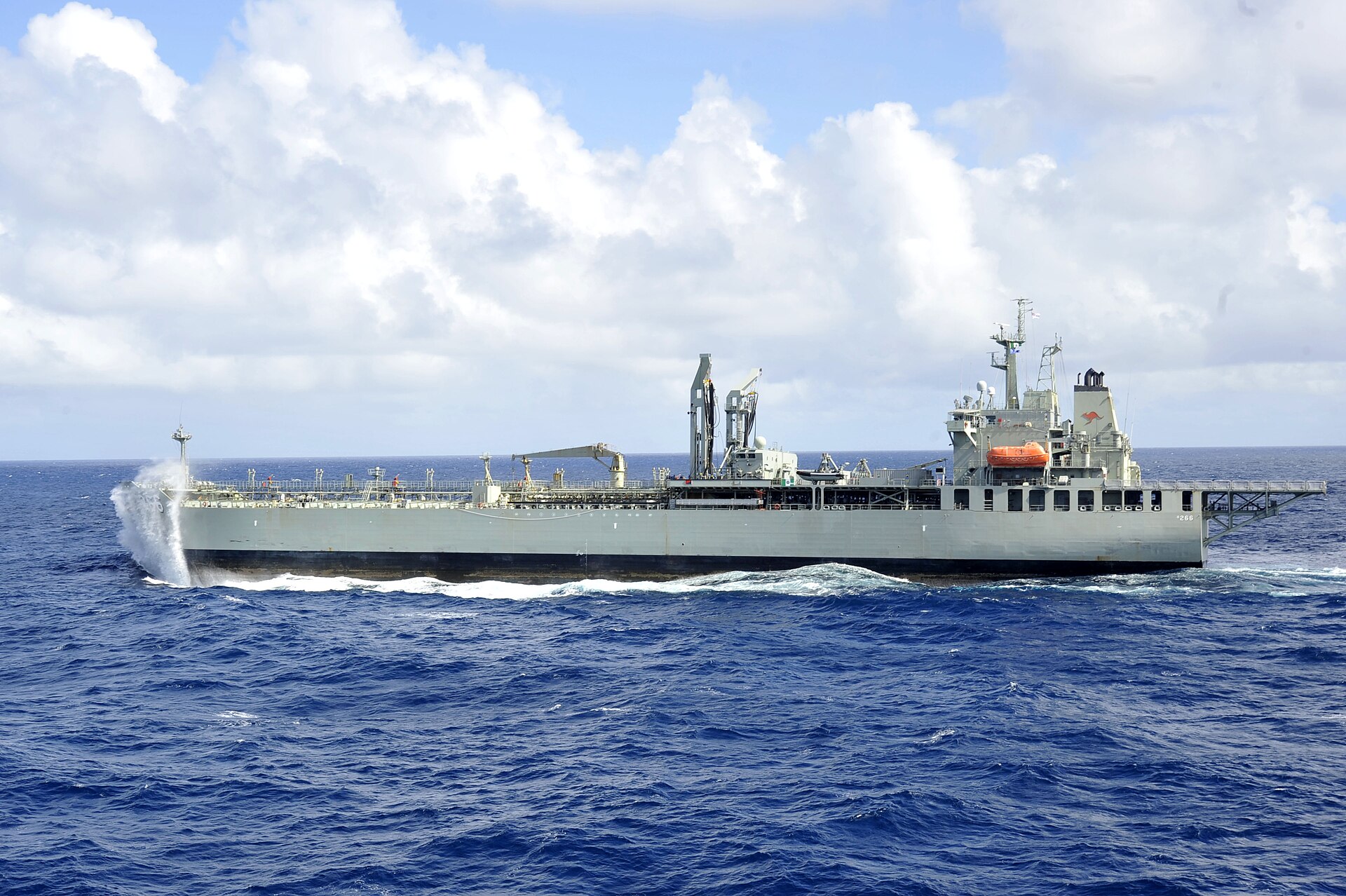- Reaction score
- 6,182
- Points
- 1,260
And then there is this, reproduced under the Fair Dealing provisions of the Copyright Act from CTV News:
http://www.ctvnews.ca/politics/ndp-slams-conservatives-over-lack-of-decision-on-naval-supply-ship-1.2395503
My guess is that revenues are less than anticipated even a few months ago and the prime minister sees a need for even more spending that directly benefits "Joe Sixpack" in suburban Toronto. No one doubts that the Navy needs supply ships but the overarching political priority is that, in late August or early September, just before the writs are dropped for the 2015 election, I expect Joe Oliver to stand up and remind us of just how much money the government is pouring into the pockets of married, 35+ year old suburbanites and he will tell us that the budget is still balanced ... no deficit. Nothing can be spent that might jeopardise that statement.
http://www.ctvnews.ca/politics/ndp-slams-conservatives-over-lack-of-decision-on-naval-supply-ship-1.2395503

NDP slams Conservatives over lack of decision on naval supply ship
CTVNews.ca Staff
Published Thursday, May 28, 2015 12:31PM EDT
The NDP is accusing the Conservative government of failing to ensure the Canadian Forces have the equipment they need, after it was revealed that cabinet yet again avoided making a decision on whether to convert a commercial ship into a naval supply ship.
The Royal Canadian Navy has been without supply ships since the announced retirement of HMCS Preserver and its sister ship HMCS Protecteur in November 2014.
Government records show navy mechanics had at one point been combing eBay for parts in an attempt to keep Preserver on duty.
New supply ships won’t be built until at least 2020, and could be even further delayed as construction has yet to begin on the Joint Support Ship project.
Government documents show the navy has been exploring its options for filling the gap. Cabinet has considered employing a vessel from an allied navy or leasing a converted commercial ship, but decided further study is needed before choosing either.
NDP MP Jack Harris said during question period on Thursday that the failure to make a decision is evidence the government’s military procurement strategy has failed.
“These Conservative delays threaten shipbuilding jobs and prevent our military from getting needed equipment,” Harris said. “How can the minister allow these unacceptable delays to multiply?
Defence Minister Jason Kenney responded by pointing out that his government had acquired new equipment, including C-17 Globemaster transport aircraft and Chinook helicopters, and launched “the single largest peacetime shipbuilding program in (Canadian) history.”
Kenney vowed to “ensure that the Royal Navy of Canada has the necessary equipment, including resupply ships,” and added, “if the NDP was in charge, there would be no new equipment for soldiers.”
My guess is that revenues are less than anticipated even a few months ago and the prime minister sees a need for even more spending that directly benefits "Joe Sixpack" in suburban Toronto. No one doubts that the Navy needs supply ships but the overarching political priority is that, in late August or early September, just before the writs are dropped for the 2015 election, I expect Joe Oliver to stand up and remind us of just how much money the government is pouring into the pockets of married, 35+ year old suburbanites and he will tell us that the budget is still balanced ... no deficit. Nothing can be spent that might jeopardise that statement.


